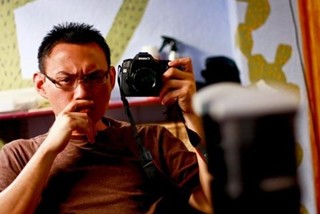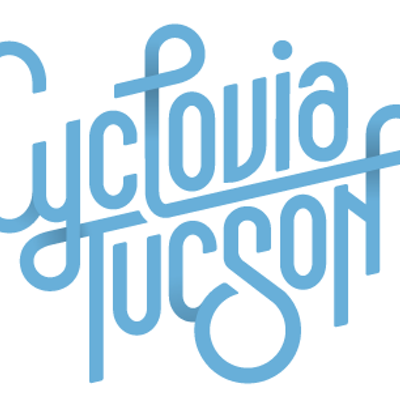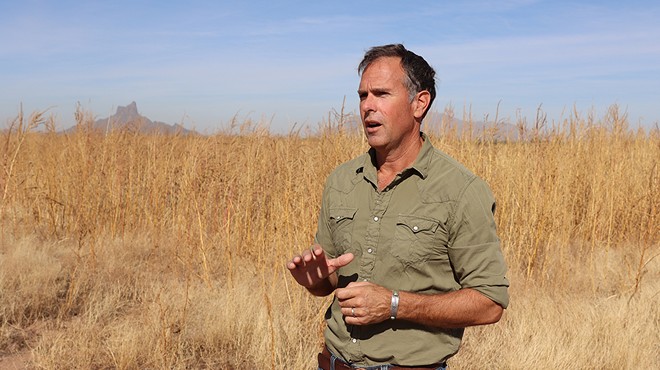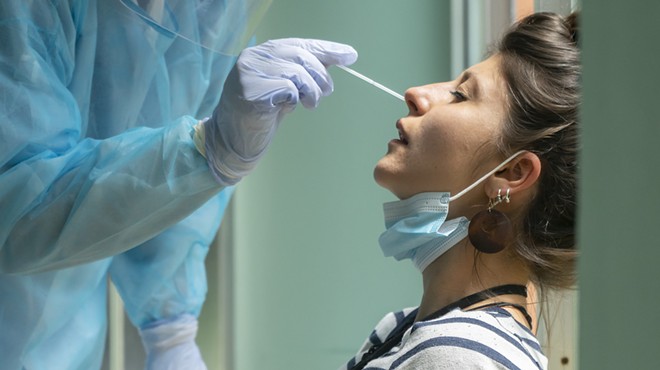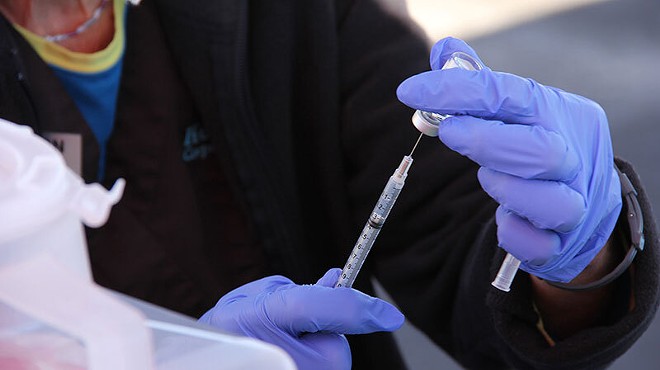Sunday, November 13, 2011
Biosphere 2: A Model City for Sustainability (Audio included)

- JOHN DE DIOS
- Researchers at Biosphere 2 are looking into the idea of a Model City. The idea is to make the 40-acre campus into a sustainable, solar-powered and energy-efficient example for municipalities to follow. Technologies for solar-powered grids and storage are being tested along with water-harvesting techniques. Audio and Slideshow after the jump.
Like a city out of science fiction, Biosphere 2’s spaceship-like campus is a testing site for new solar technology.
In the coming months, photovoltaic panels for collecting solar energy will line the hills surrounding Biosphere 2 like a ring of power-generating armor. This is just part of a project led by Nathan Allen, sustainability coordinator and staff scientist, to turn the campus into an energy efficient model for cities.

- JOHN DE DIOS
- Dr. Travis Huxman, director of Biosphere 2, was one of the originators of the Model City concept.
The idea of a Model City is to use solar panels and water-harvesting techniques to create a prototype of how environmentally efficient technology can help reduce energy use and costs for communities that switch to sustainable technology.
“We got really excited when we heard about this idea of looking at energy use across something as large as the Biosphere,” said Leslie Tolbert, the senior vice president of research for the University of Arizona. “There’s a whole little city out there, so why not take advantage of the opportunity to do a scale of research that you can’t do anywhere else.”
Listen to what some of the researchers had to say about Model City
Much of the research conducted at Biosphere 2 focuses on how to store and distribute power generated by solar energy. One of the main challenges is the intermittent nature of solar power because of cloud cover and sun availability, Allen said.
Biosphere 2’s solar research has attracted private companies interested in partnering with UA research. Solar organizations, such as Tucson’s nonprofit Solar Guild, will install solar panels on the Biosphere’s 40-acre campus. The installation is part of a grant from Tucson Electric Power to test power storage from photovoltaic panels at Biosphere 2.
“We’re a place to study storage,” Tolbert said. “(Solar companies) want to know how we can store energy during the short time frame of a cloud passing over and the long time frame of an overnight cycle.”
John Adams, the assistant director of Biosphere 2, oversees the Model City project. Adams works closely with Allen on monitoring the collection and distribution of power generated by the photovoltaic panels. Power generated from existing solar panels has been used on the large pumps that pull water up the mountain to the Biosphere campus.
“We can integrate many of these technologies that are representative of what you would potentially have in a city,” Adams said. “The idea would be to continue the research, to continue to write grants so that we can further bolster our infrastructure here to bring a lot of these newer technologies online and partner with local industries so they’re able to take advantage of what we’re doing here.”
Adams and the researchers can control when to turn power on and off. Temporarily turning off the power at the Biosphere won’t create chaos the way power outages would in cities like Tucson.
“We’re a facility where you can plug new technology in with old infrastructure and see how it runs, making it all work together,” Allen said.
In the coming months, Biosphere 2 should be at least 10 percent solar-powered.
Tags: Biosphere 2 , John Adams , Leslie Tolbert , Nathan Allen , Model City , Solar Guild , video , audio , Video


